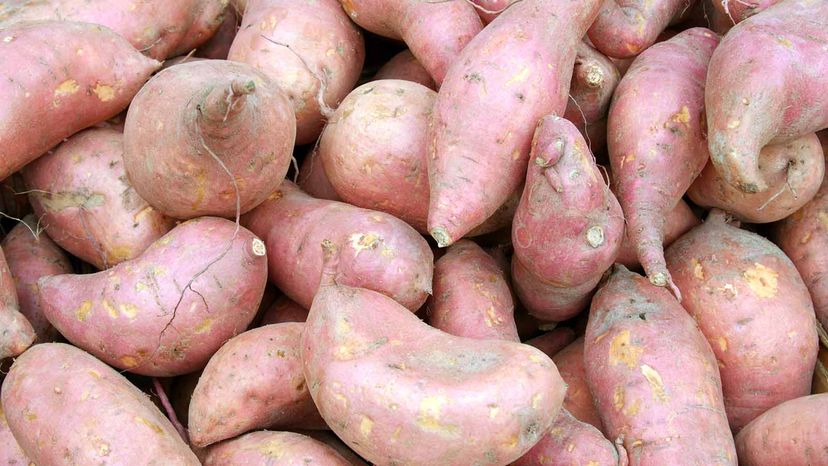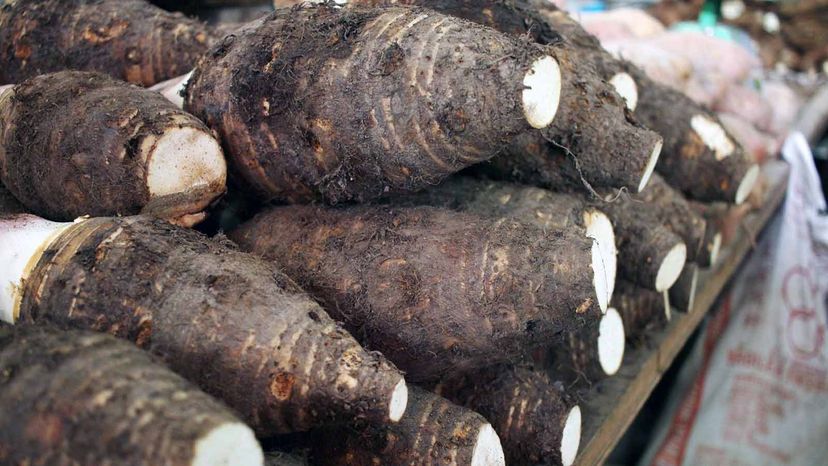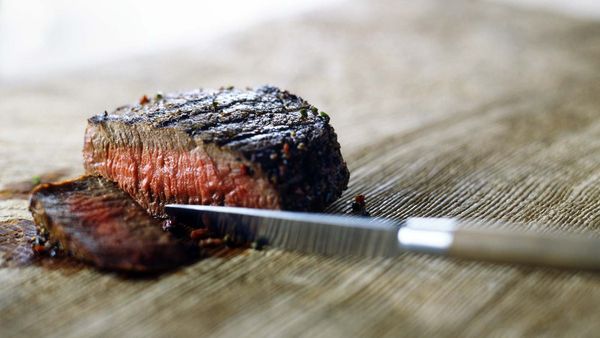
If you've ever been confused about yams and sweet potatoes, it's for good reason. The terms are used interchangeably to describe these tuberous root vegetables, even though they're quite different. In fact, they're not even part of the same genus.
There's a reasonable explanation for mix-up. It dates to the 1930s when a researcher at Louisiana State University developed a new type of potato and called it a yam. But that wasn't a yam; it was a sweet potato (more on that in minute).
Advertisement




